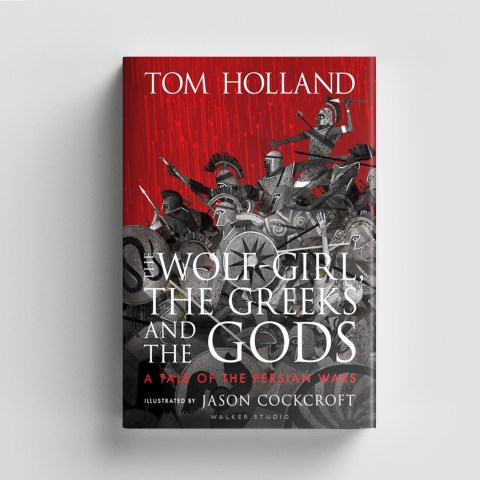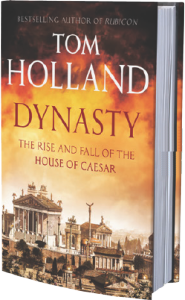Ten places to see Roman Britain today
Read Tom Holland’s top ten places to see remainder of the Roman Empire in twenty-first-century Britain.
Hadrian’s Wall
The best preserved and most enigmatic legacy of Rome’s frontier policy, this is best appreciated by following the National Trail which leads from Wallsend to Bowness-on-Solway. Failing that, take the car, and be sure not to miss Chesters, Housesteads and Birdoswald.
Further Information and images from: http://www.nationaltrail.co.uk/hadrians-wall-path/routes
Vindolanda
Just south of Hadrian’s Wall, the site combines the ruins of a large Roman military base with some well-done reconstructions of the Wall itself. As an added bonus, there is a Roman Army Museum just up the road.
Further Information and images from: http://www.vindolanda.com/educate/history
Vindolanda Roman Fort and The Roman Army Museum – Best Day out on Hadrian’s Wall: https://www.youtube.com/watch?v=1r747eXTsOQ
Bath
The natural hot spring which was the making of Aquae Sulis still rises amid the best-preserved bath-house in Britain. The attached museum is full of wondrous finds, including an iconic gorgon’s head and an exquisite bronze of Sulis herself.
Welcome to the Roman Baths: https://youtu.be/XdSbYW43Huk
Further Information and images from: http://www.romanbaths.co.uk/walkthrough
Fishbourne Palace
The largest Roman house north of the Alps, this remains what it was back in the 1st century AD, when a native collaborator commissioned it: a monument to classical taste so ostentatious as to verge on the overwhelming.
Further Information and images from: https://sussexpast.co.uk/properties-to-discover/fishbourne-roman-palace
Caerleon
“You can still see many vestiges of its one-time splendour,” wrote Gerald of Wales in the 12th century, when it was known as the City of the Legions. Even today, the remains of the 5,000 soldiers who once constituted its garrison are on a vast scale.
Further Information and image from: http://www.caerleon.net/intro/
Caerleon Roman Amphitheatre From The Air: http://caerleon.net/clips/gm/amphitheatre.php
Hardknott Fort
The most romantically-situated of all the Roman remains in Britain, it is also one of the most isolated. No one should visit the Lake District without making the climb through Hardknott Pass to visit it.
Further Information and images from: http://www.english-heritage.org.uk/visit/places/hardknott-roman-fort/history/
Caerwent
Although the remains of the town are perfectly serviceable, it is the walls that really make the jaw drop. Built in the 4th century, when ambitious would-be Caesars were increasingly prone to stripping Britain of her garrisons, they make for a truly impressive circuit.
Further Information and images from: http://cadw.gov.wales/5025320/5221295/5221315/caerwenttownFMA01.jpg
Silchester
One of the few major Roman settlements not to have evolved into a modern town, ithe site is all the more haunting for it. Walls, the remains of an amphitheatre and a medieval church make for an unforgettably atmospheric visit.
Further Information and images from: http://www.english-heritage.org.uk/visit/places/silchester-roman-city-walls-and-amphitheatre/
Brading
A well-preserved villa on the Isle of Wight, it boasts the single most startling image to be seen in any British mosaic: a man with the head of a cock.
Further Information and images from: http://www.visitisleofwight.co.uk/explore/towns/brading
http://www.bradingromanvilla.org.uk/gallery.php
London
Remnants of the city founded by the Romans are still to be found amid the steel and glass of the modern capital. They range in size from the city walls beside the Tower of London to the tiny fragment.
Further Information and images from: http://www.english-heritage.org.uk/visit/places/london-wall/



















